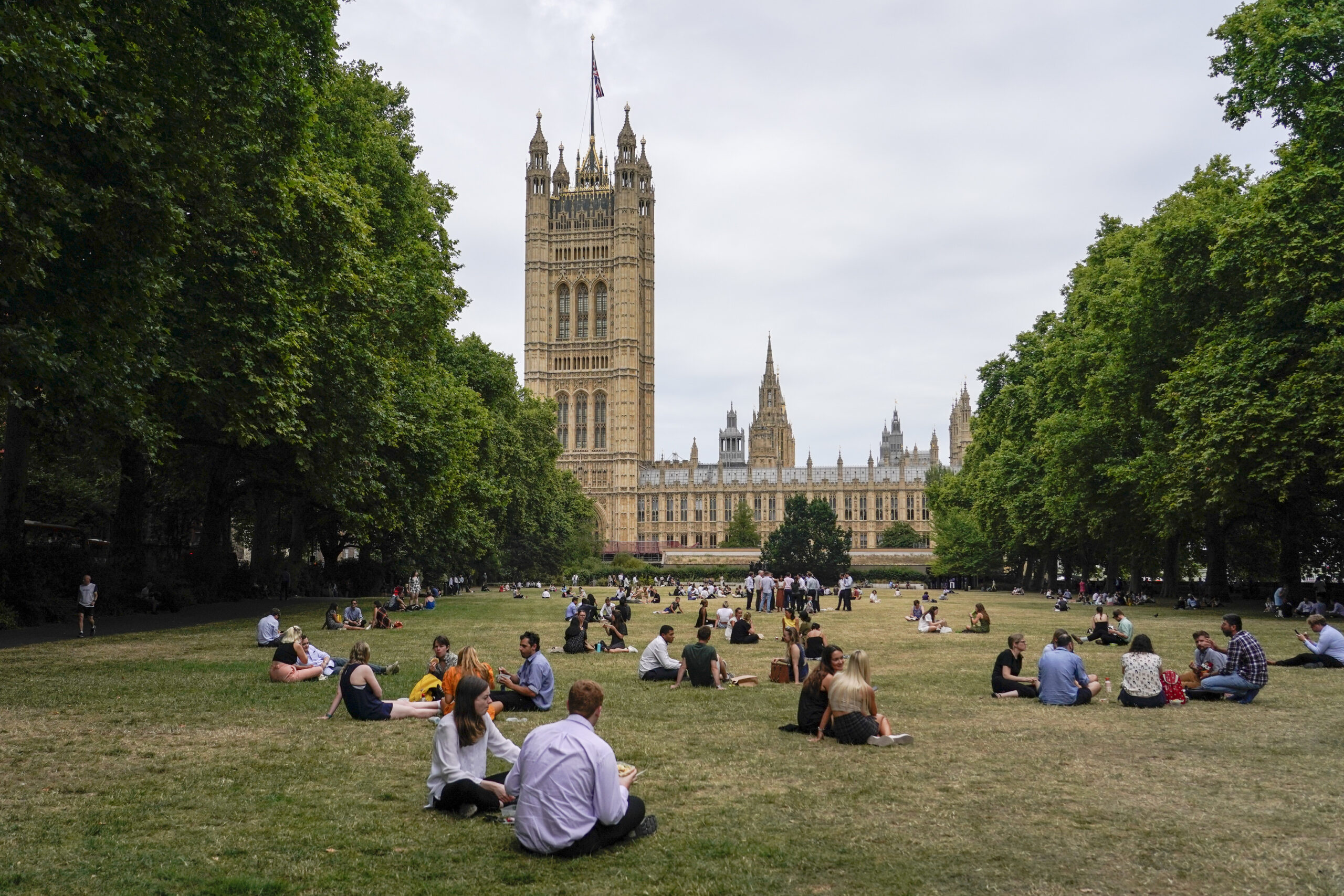Brilliant students involved in a chain of suicides. Cambridge University has been plunged into mystery and uncertainty in the face of a wave of unexplained deaths. The alarms began to sound at the prestigious British university in March and since then, five students have died. The campus management has opened an investigation to clarify the deaths, which occurred between the months of March and June. Only one case has been confirmed as a suicide but the other four students are also suspected of taking their own lives, confirmed the entity’s spokesman, Matthew Norton.
The events have “dismayed the entire university community”, in the words of the vice-chancellor of Cambridge, Graham Virgo. “Five dead students since March is tragic,” adds the teacher. The management has appointed a team of investigators working together with the British National Health Service to shed light on what happened.
The University has relied on the privacy of the students to reveal what is fair, but Norton – quoted by the newspaper ‘The New York Times’ – specifies that apparently “there is no relationship between the cases”. Nor has it been published how the young people died.
It has been known that one of the students, who died in March, was a second-year history student at the prestigious university that has more than 800 years of tradition. Three other students lost their lives in May and another in mid-June. The history student’s transcript reveals that he was “on track to finish the course as one of the brightest students of the year.” Coroner Simon Milburn points out that there was “no indication that he was experiencing difficulties,” according to the BBC on its website. The preliminary investigation further revealed that he had not contacted psychological assistance services or his family doctor, confirming that he had no history of mental illness.
The last student appeared dead in June, on a date that has not been determined and with the investigation already started. “We have been working since March with the friends [of the dead students] in Cambridge and with the teaching staff. They have all been on the front line and need specific support during these difficult circumstances,” explains Professor Virgo.
Experts in this type of case agree that acts of suicide can often be impulsive and it is not easy to attribute them to a specific cause. The Coronavirus pandemic has drawn a climate of existential anguish in the minds of young people that professionals had not seen before, which makes what happened in Cambridge especially difficult to clarify.
A study of 350,000 students from 400 universities in the US, cited by ‘The New York Times’ and published last month, reveals that the mental health of students has been in decline since 2013.
The director of the NGO Survivors of Suicide, Claire Curran, who has been in contact with the family of one of the deceased to assist her in her loss, explains the state of the students’ relatives. “Like any family that has suffered the suicide of a relative, they are devastated, heartbroken, traumatized, struggling to understand what has happened in the midst of immense sadness,” she describes.
While the wave of suicides is confirmed, the debate that has broken through on campus is about to what degree the institution should be involved in prevention. Cambridge representatives have announced that they are going to increase a fund already dedicated to this objective by 10%, in order to expand the teams specialized in identifying students in danger and shortening waiting times.
The University of Cambridge compiles the number of student suicides since the 2017-18 academic year. In the last four years, not counting the current course, it has been able to confirm the death by suicide of four students, while another student is suspected of taking his own life.
Conforms to The Trust Project criteria
















